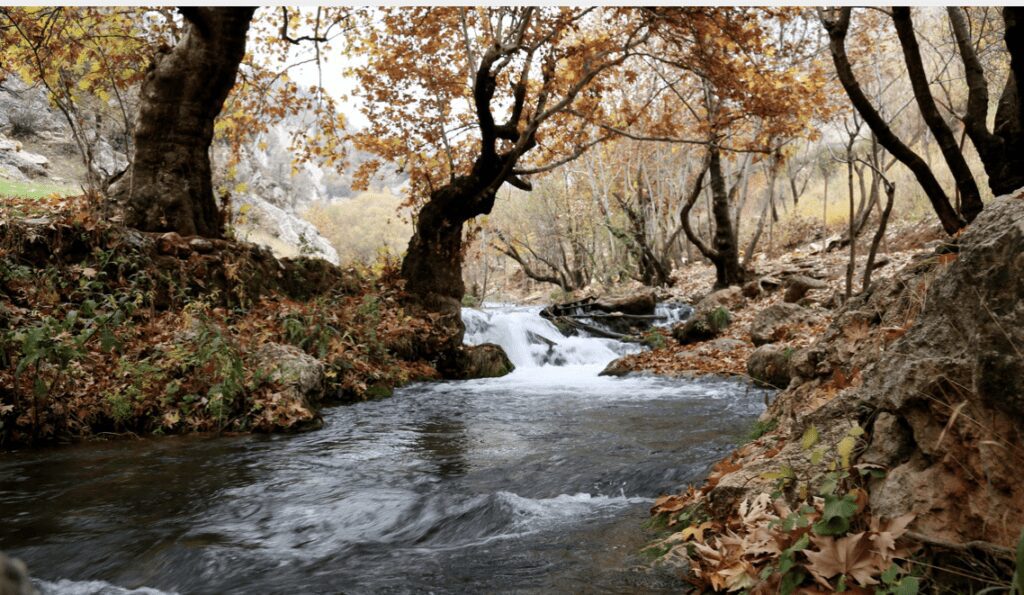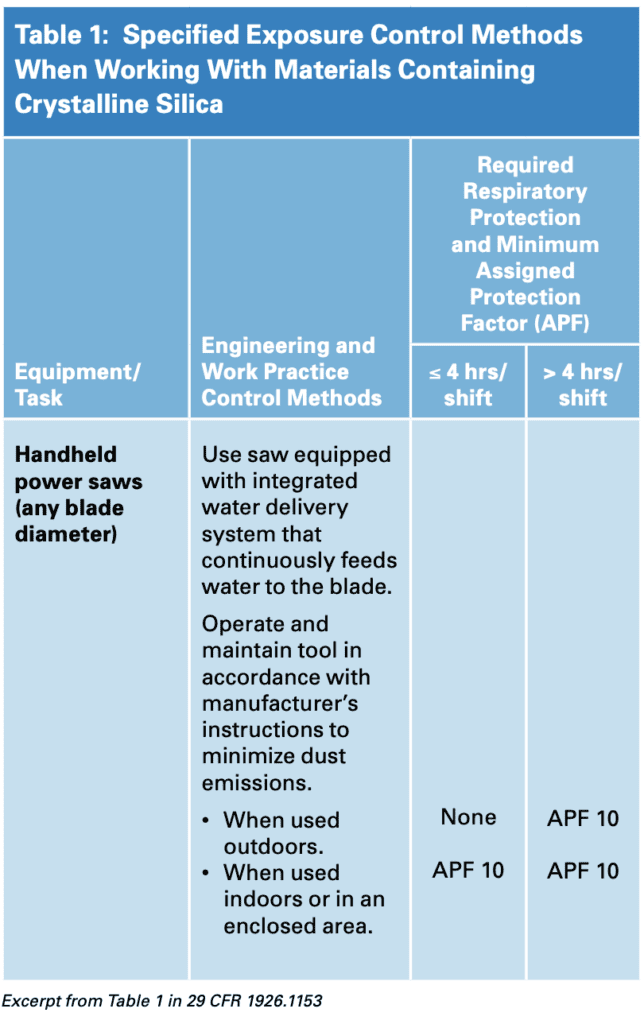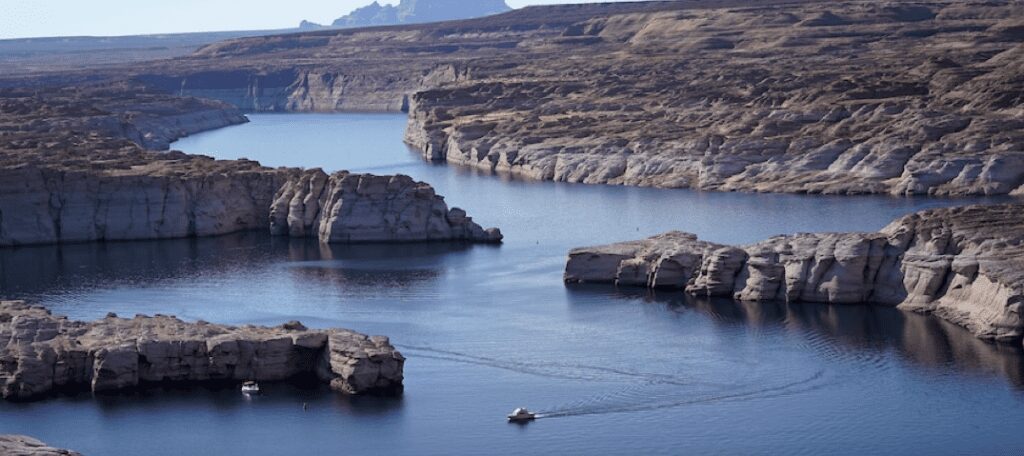Daniel Salzler No. 1136
EnviroInsight.org Six Items February 11, 2022 —————Feel Free To Pass This Along To Others——————
If your watershed is doing something you would like others to know about, or you know of something others can benefit from, let me know and I will place it in this Information newsletter.
If you want to be removed from the distribution list, please let me know.
Please note that all meetings listed are open.
Enhance your viewing by downloading the pdf file to view photos, etc. The
attached is all about improving life in the watershed. If you want to be removed from
the distribution list, please let me know. Please note that all meetings listed are open.
Check our website at EnviroInsight.org
1. Freshwater Streams: Why They Are Important and How They Can Be Restored
Join Stormwater University for a live webinar on February 17, 2022, as speaker Tom Dombrowski (Environmental Engineer at Prince William County, VA) discusses what freshwater streams are, why they are important, why they need to be protected and why/how they can be restored. Streams are important and complicated living systems. This introductory course will generally discuss what is a stream and what

is its value. The different types of streams and geomorphological processes that influence the stream pattern and landform will also be covered. The student will be introduced to the stream process that keeps it in balance and why streams are protected by Federal/State regulations.
Learning Objectives: COST: $79.00
- Identify a stream
- List the types of streams
- Describe stream function and values and why they are protected
- Implement design solutions
- Apply construction methods
To register, go online to: https://stormwateruniv.com/courses/freshwater-streams-why-they-are-important-and-how-they-can-be-restored/?oly_enc_id=3982G9337467F4W
2. OSHA Published New SilicaDust Standard For General Industry, Maritime and Construction. Workers who are exposed to respirable crystalline silica dust are at increased risk of developing serious silica-related diseases. OSHA’s standard requires employers to take steps to protect workers from exposure to respirable crystalline silica.

What Is Respirable Crystalline Silica?
Crystalline silica is a common mineral that is found in materials such as stone, artificial stone, and sand. When workers cut, grind, or drill materials that contain crystalline silica, or use industrial sand, they can be exposed to very small silica dust particles. These tiny particles (known as “respirable” particles) can travel deep into workers’ lungs and cause silicosis, an incurable and sometimes deadly lung disease. Respirable crystalline silica also causes lung cancer, other potentially debilitating respiratory diseases such as chronic obstructive pulmonary disease, and kidney disease. In most cases, these diseases occur after years of exposure to respirable crystalline silica.
Workers can be exposed to respirable crystalline silica during the:
• Manufacture of glass, pottery, ceramic, brick, concrete, asphalt roofing, jewelry, artificial stone, dental, porcelain, or structural clay
products;
• Use of industrial sand in operations such as foundry work and hydraulic fracturing; and
• Use of sand for abrasive blasting (e.g., maritime operations).
What Does the Standard Require?
The standard for general industry and maritime (29 CFR 1910.1053) requires employers to:
• Determine the amount of silica that workers are exposed to if it is, or may reasonably be expected to be, at or above the action level
of 25 μg/m3 (micrograms of silica per cubic meter of air), averaged over an 8-hour day;
• Protect workers from respirable crystalline silica exposures above the permissible exposure limit (PEL) of 50 μg/m3, averaged over
an 8-hour day
• Limit access to areas where workers could be exposed above the PEL;
• Use dust controls and safer work methods to protect workers from silica exposures above the PEL;
• Provide respirators to workers when dust controls and safer work methods cannot limit exposures to the PEL;
• Establish and implement a written exposure control plan that identifies tasks that involve exposure and methods used to protect
workers;
• Restrict housekeeping practices that expose workers to silica, such as use of compressed air without a ventilation system to capture
the dust and dry sweeping, where effective, safe alternatives are available;
• Offer medical exams—including chest X-rays and lung function tests—every three years to workers exposed at or above the
action level for 30 or more days per year;
• Train workers on the health effects of silica exposure, workplace tasks that can expose them to silica, and ways to limit exposure; and
• Keep records of workers’ silica exposure and medical exams.


3. Lab Frogs Regrow Limbs, Opening Door for Regeneration Studies. Amphibians developed leglike appendages within 18 months after brief treatment with five-drug ‘cocktail’.

Some animals regrow missing body parts with ease. But humans, and African clawed frogs, are not creatures with those natural capabilities. This is why a recent scientific breakthrough is so exciting for the science and medical community. In a lab, scientists were able to regrow the frogs’ limbs using a new experimental technique. The regeneration technique involves a unique five-drug cocktail. Although Now is the time of yearthe new frog legs are not aesthetically perfect, they are incredibly functional.
As described in The New York Times, and Smithsonian, and Wall Street Journal (January 27, 2022) scientists left the drug cocktail on the frogs for 24 hours. They used a silicon cap called a BioDome to administer the drugs. And then, over the course of 18 months, the frogs regrew a leg-like structure. This structure was functional and included nerves, muscles, bones, and toe-like projections. An amazing achievement.
The scientists, a team from Tufts and Harvard University’s Wyss Institute, published their full regeneration findings in the journal Science Advances. Sources: https://www.yahoo.com/lifestyle/lab-frogs-regrow-limbs-opening-175357991.html?fr=sycsrp_catchall and https://www.smithsonianmag.com/smart-news/frogs-regrow-lost-legs-in-breakthrough-experiment-180979483/

4. The Cost Of Food Is Going Up — A Lot! Grow Your Own Food And Save $$$$$. If you live in the lower desert region of Arizona (not in the upper elevations), now is the time to work up you soil and plant seeds and transplants.
In summary, if you want to grow and harvest pesticide free food, considerPage 4 planting these now:
Transplants: Cauliflower, Broccoli, Cabbage, Tomatoes (when the soil temps exceed 50˚ – like in a few weeks from now).
Seeds : Lettuce, Beets, Carrots, Peas, Globe Artichokes, Potato, Spinach, Cucumbers, etc. See the entire list of plants your can plant now, and later on.
Go to EnviroInsight.org. Go to menu and click on “Growing Your Food In The Sonoran Desert.” Here you will find lots of gardening tips.

5. Five Year Rule Review
Feedback Welcome
ADEQ invites interested community members, businesses and government personnel to participate in a review of Arizona Administrative Code, Title 18, Chapter 2:
Air Pollution Control:
- Article 6: Emissions from Existing and New Nonpoint Sources
- Article 8: Emissions from Mobile Sources (New and Existing)
- Article 12: Voluntary Emissions Bank
Please review the above articles and participate in the following survey for the opportunity to provide feedback on ADEQ’s rules.
Responses due no later than Feb. 22, 2022
If you know others who may be interested in providing input on these rules, please forward them this feedback opportunity. Thank you for your participation in the rule review process.
What are Five Year Reviews? | Click here to learn more >
6. The Colorado Basin River Forecast Center accounts forthose soil moisture deficits when estimating inflows into Lake Powellfor seasonal water supply forecasts. Inflows into the reservoir are at 95 percent of average. While near average isn’t so bad (and much better than last spring, which was near record low), it isn’t quite enough to help erase the long-term drought situation that’s been plaguing the major reservoirs since the early 2000s.
Depleted by drought, Lakes Powell and Mead were doomed from the beginning

We also need to keep an eye onthe rest of the cold season. Being in a good position on Jan. 15 is good. For meaningful recovery, though, we need to be in that good position on March 15, April 15 and into May.

While there’s a lot of good news to go around, how much impact this short-term recovery will have in the long term remains to be seen. A couple of key points to keep in mind are 1) soil moisture deficits still exist, and 2) there’s a lot more snow season to go.
Soil moisture deficit is the first to get filled when the snowpack starts to melt in the spring. Across the West, soil moisture in the fall, just before the ground froze, ranked in the driest percentiles for much of the region, except in portions of Washington.
Source: The Washington Post, January 22, 2022.
Copyright 2022 EnviroInsight.org
